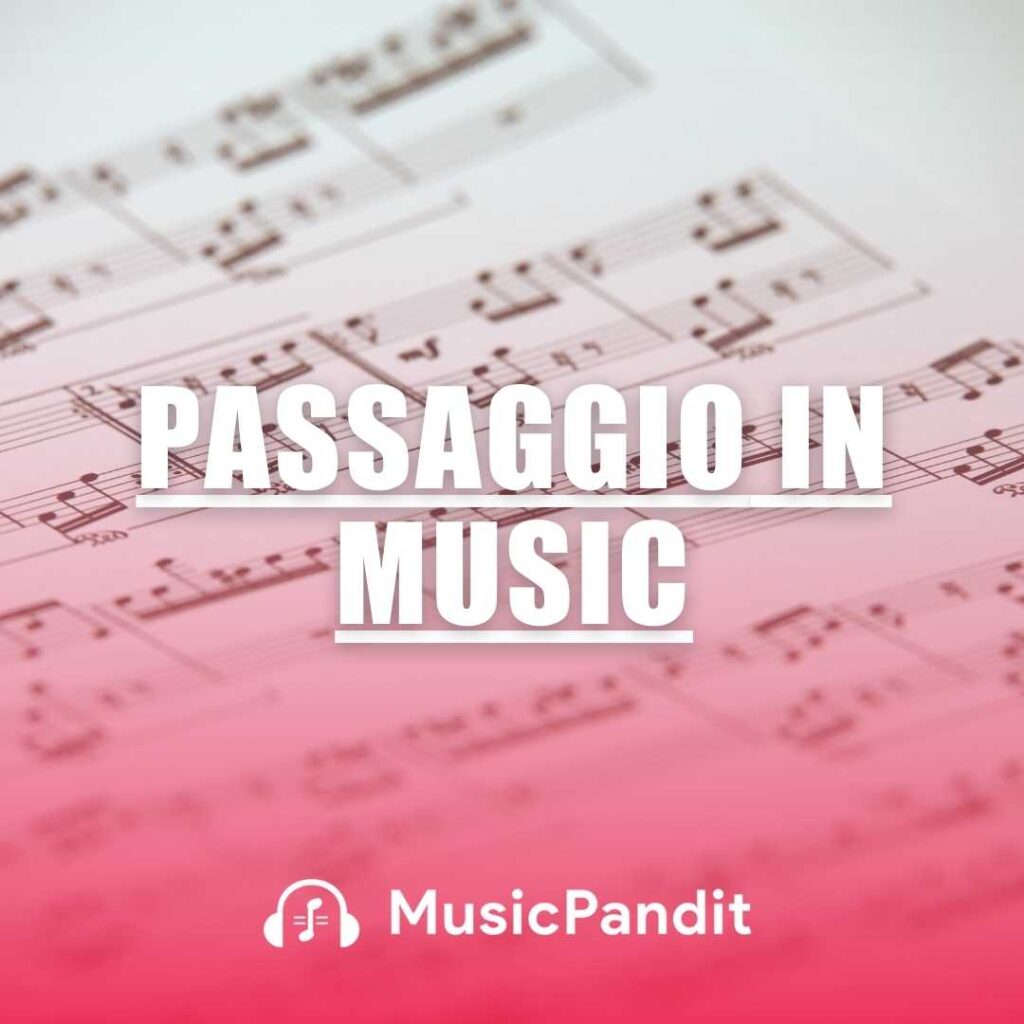Understanding the concept of passaggio, or the “bridge” in singing, is essential for developing a well-rounded and versatile singing voice.
In this article, we will explore the definition, significance, and techniques related to passaggio, providing young music students with a comprehensive guide to mastering this vital aspect of vocal training.
What Is Passaggio?
In singing, passaggio (an Italian term meaning “passage”) refers to the transition area between different vocal registers, such as moving from chest voice to head voice. It’s often perceived as a “bridge” that singers must cross smoothly to maintain consistent tone and control. Navigating the passaggio effectively is crucial to avoid noticeable breaks or shifts in vocal quality.
The Importance of Passaggio
Mastering the passaggio is vital for several reasons:
- Seamless Transitions: It allows singers to move between vocal registers without audible breaks, resulting in a more polished performance.
- Vocal Health: Proper technique in the passaggio reduces strain on the vocal cords, preventing potential damage.
- Expanded Range: Understanding and practicing passaggio techniques can help singers extend their vocal range.
Identifying Your Passaggio
Finding your passaggio involves paying attention to where your voice naturally shifts between registers. For many singers, this transition occurs in specific pitch ranges, which can vary based on voice type:
- Sopranos: Typically experience the primo passaggio around E4 and the secondo passaggio around F5.
- Tenors: Often encounter the primo passaggio around D4 and the secondo passaggio around G4.
These ranges can vary among individuals, so it’s important to listen to your own voice and possibly consult with a vocal coach to accurately identify your passaggio points.
Techniques for Navigating the Passaggio
Successfully managing the passaggio requires specific techniques:
- Breath Support: Maintain consistent breath support to provide a stable foundation for your voice.
- Vowel Modification: Slightly altering vowel sounds can facilitate smoother transitions between registers.
- Dynamic Control: Adjusting volume can help ease the transition; softer dynamics often make it easier to navigate the passaggio.
- Practice Scales: Regularly practicing scales that cross the passaggio can build confidence and control.
Common Challenges and Solutions
Singers may face challenges when working through the passaggio:
- Vocal Breaks: Sudden changes in tone can be addressed by focusing on smooth, controlled transitions and consistent breath support.
- Tension: Physical tension can hinder performance; relaxation techniques and proper posture are essential.
- Inconsistent Tone: Achieving uniform tone quality across registers requires diligent practice and attention to technique.
Tips for Practicing Passaggio
Here are some practical tips to help you master your passaggio:
- Warm-Up Properly: Always begin with gentle warm-up exercises to prepare your voice.
- Record Yourself: Listening to recordings can help identify areas needing improvement.
- Seek Feedback: Working with a vocal coach provides personalized guidance and support.
- Be Patient: Developing control over your passaggio takes time; consistent practice is key.
Related Concepts
Understanding passaggio also involves familiarity with related vocal concepts:
- Vocal Registers: Different ranges of the voice, such as chest voice, head voice, and falsetto.
- Mixed Voice: A mixed voice is a blend of chest and head voice qualities, often used to navigate the passaggio smoothly.
- Vowel Modification: Altering vowel shapes to facilitate easier transitions between registers.
Conclusion
Mastering the passaggio is a fundamental aspect of vocal training that enables singers to perform with greater ease, expression, and technical proficiency. By understanding its importance and implementing effective techniques, young music students can develop a more versatile and resilient singing voice.
Source:https://www.musicpandit.com/resources/articles/passaggio/

